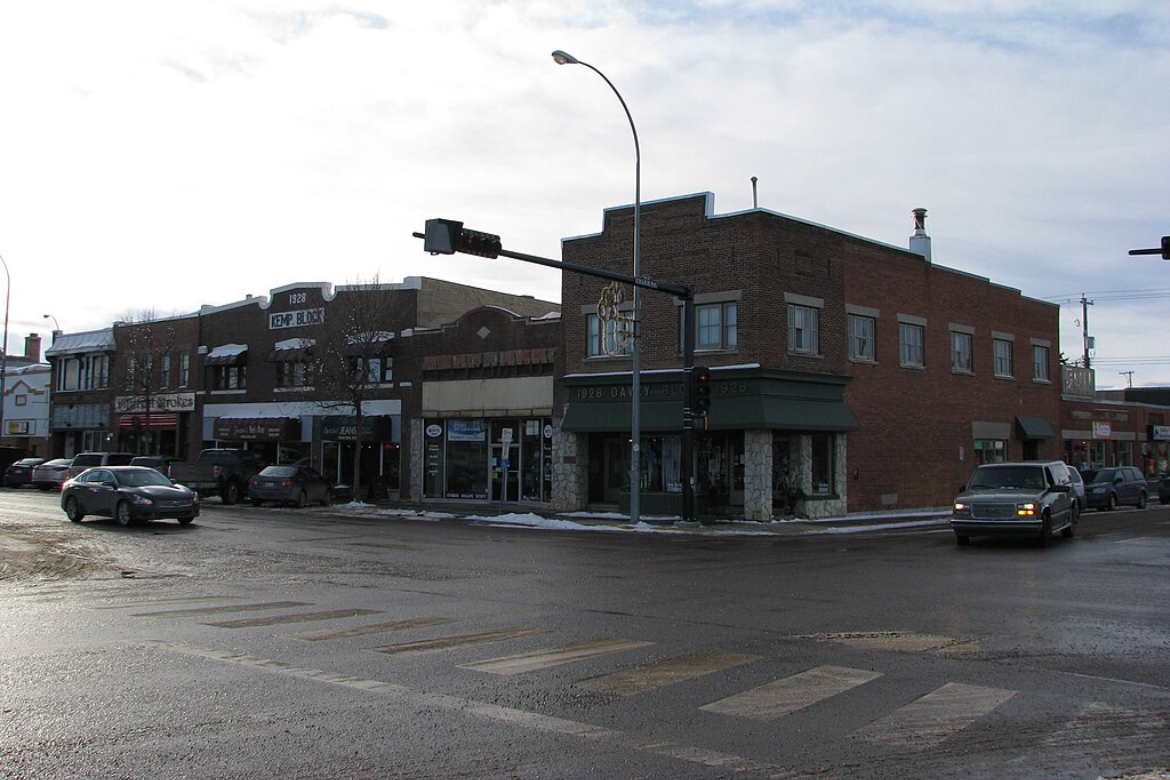Employment in rural and small town Canada rose by 24,800 in July compared with a year earlier, driven by gains in manufacturing, transportation and warehousing, and wholesale and retail trade, according to Statistics Canada.
The year-over-year increase represents a 0.9 per cent rise in employment, with the unemployment rate holding relatively steady at 5.1 per cent, down 0.2 percentage points from July 2024.
What ‘small town’ means
Statistics Canada defines “rural and small town” areas as communities outside census metropolitan areas (CMAs) and census agglomerations (CAs). A CMA has a total population of at least 100,000, with 50,000 or more living in the core, while a CA has a core population of at least 10,000.
Any municipality or equivalent area outside those thresholds — including towns with fewer than 10,000 people in the core — falls into the rural and small town category.
Industries with the largest changes
Manufacturing employment in rural and small town areas grew by 24,100 jobs, or 8.2 per cent, between July 2024 and July 2025. Transportation and warehousing saw an increase of 19,100 jobs (16.3 per cent), while wholesale and retail trade added 17,300 positions (4.8 per cent).
Over the same period, employment declined in health care and social assistance, down 18,400 jobs (4.5 per cent), and in public administration, which lost 12,300 jobs (8.1 per cent).
Regional differences in unemployment rates
Some provinces saw significant shifts in rural unemployment rates. In Newfoundland and Labrador, the rate rose to 12.8 per cent in July, up four percentage points from a year earlier. Prince Edward Island’s rural unemployment rate climbed 2.4 percentage points to 11.2 per cent.
By contrast, British Columbia’s rural unemployment rate dropped to 4.0 per cent, a decline of 2.4 percentage points, and Nova Scotia’s fell 1.2 points to 7.5 per cent.
The data, which is not adjusted for seasonality, is based on the Labour Force Survey and covers Canadians aged 15 and older living outside CMAs and CAs.





